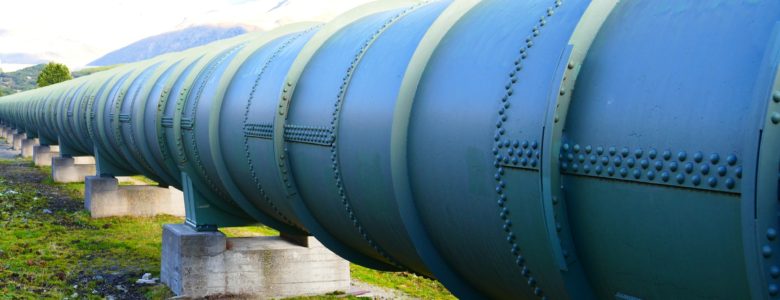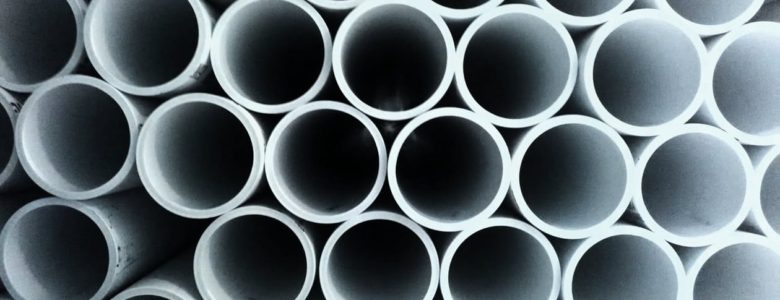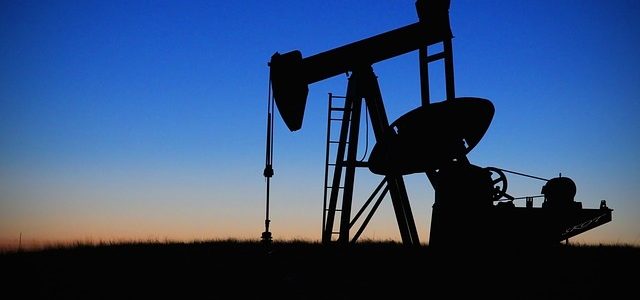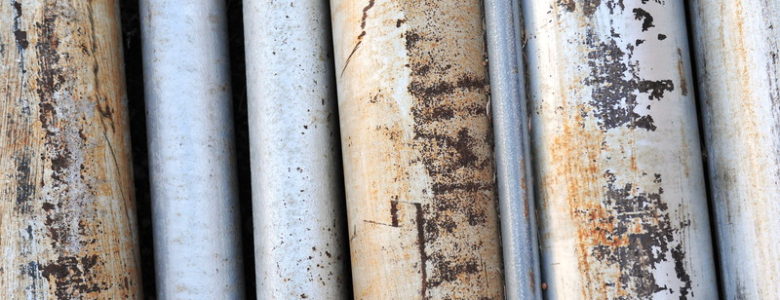Pigging is a great way to protect your pipes without hurting your activity. Chances are, you’ve used “pigs” in the past.
But did you know there is a smarter way of fighting corrosion?
Intelligent pigging is taking the pipeline world by storm, and for good reason. It is by far the smartest method of finding corrosion and keeping you in business. But what is it, and what do you need to know?
Corrosion Is The Enemy
If you work with pipelines, you know corrosion is the root of all evil.
It makes water unsafe to drink or use and has killed more than 500 people since 1986. It’s a scourge upon our businesses, families, and communities.
In the United States, it’s a real problem. With so many pipelines over 50 years old, we are losing $300 billion per year to old metal.
So fighting corrosion should be priority number one for anybody who works with pipes.
But how do you do it without stalling your business? You can’t shut your pipes down and lose revenue, and wait until the problem happens and becomes more costly.
This is why pigging was invented. This procedure involves checking pipes with devices known as “pigs” to maintain the pipe.
Pigs can be used for a variety of tasks: cleaning, preventing leaks, and avoiding cross contamination with other pipes are all applications of this process.
Pigs have made fighting cross-contamination easier. But intelligent pigs are more than just a convenience: they are a blessing.
Intelligent Pigging
Intelligent pigs are one of the newest innovations in corrosion protection.
As the name implies, these technological wonders are no ordinary swine. Once launched in, they can inspect for deadly corrosion and leaks without interrupting your production cycle.
The techniques are mind-blowing. The old pigs were useful but performed only basic cleaning operation. Smart pigs are far more advanced.
Intelligent pigging can save you from corrosion by using things such as magnetic testing and sound to check for leaks, corrosion, and instability.
Knowing the signs of corrosion is an important way to protect your pipes, home, or business. But that may be easier said than done: if you’re worried about this in the home, you may not check your pipes all that often. And even if you are working with pipelines at a professional level, by the time you see the signs could be too late.
Smart pigs can get a lot of people out of a jam because they can find signs invisible to the human eye.
Conclusion
If you’re worried about the damage caused by pipe corrosion (and as we’ve said, you should be,) then smart pigs will absolutely save you and your business from future costs.
But don’t just trust anybody with this delicate procedure: it’s a complicated matter that requires professional work and equipment to get the job done.
If you want to keep your pipes safe, check out our store and contact us to work with the pros.
Your pipes (and wallet) will thank you.





 Measuring in
Measuring in 








